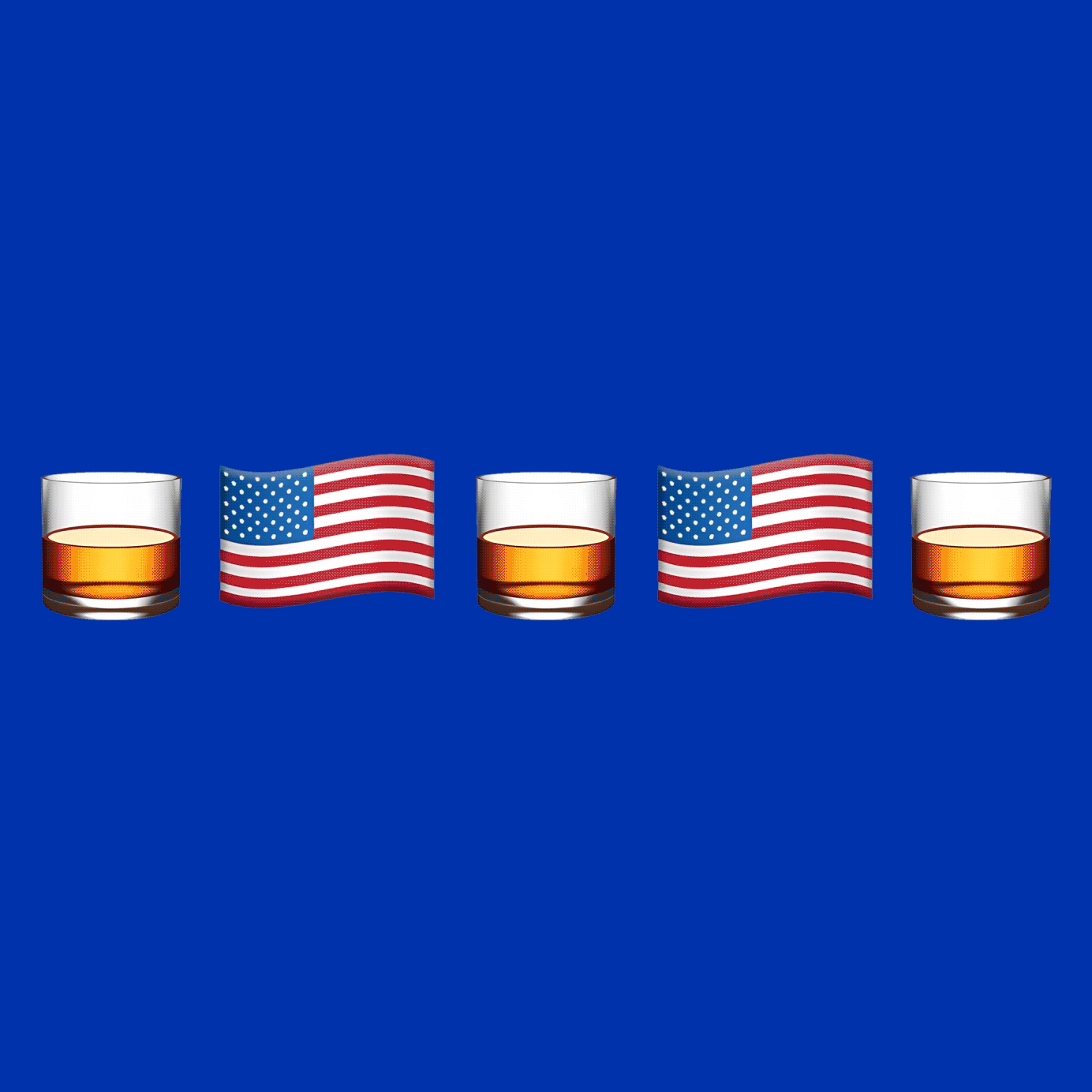When the passage of the Volstead Act in 1919 ushered in Prohibition, America’s distilleries were left with few ways to survive. Some shuttered, never to reopen. A lucky few got one of the highly sought-after medicinal whiskey licenses. But for even fewer, the only option was to move elsewhere. And that’s how Kentucky bourbon, known now as “America’s spirit,” came to be distilled in Mexico for about three decades.
Once Prohibition started, the saloon business in border towns like Juarez — where visitors to El Paso, Texas, could easily cross into the country by trolley — would boom. This made these cities ideal for bourbon distillers to settle in, as their clientele was practically built in. Juarez specifically took on a Las Vegas-type appeal for those looking to indulge in their vices, fueling up on cheap cocktails and trying their luck at gambling. Hotspots like the Cafe Mint Bar, El Tivoli, and the Moulin Rouge attracted quite a crowd, as did the World Famous Kentucky Club. It opened in 1920 with a long wooden bar imported from France and ornately carved rafters, and was rumored to have been visited by bootlegger Al Capone. Founder Francisco Montes named the watering hole for the American state after Kentucky bourbon distilleries moved operations to Mexico.
One of these relocated distilleries — or “whiskeries,” as they were called — was Waterfill & Frazier, which wasn’t lucky enough to be one of the six recipients of medicinal bourbon licenses in Kentucky. The company started distilling in 1810 and was taken over by Mary Dowling after the death of her husband in 1903. After she was caught illegally storing whiskey in a 1924 sting operation, Dowling worked with distiller Joseph L. Beam — of the family behind Jim Beam — to set up a distillery in Juarez, carefully transporting the equipment and materials needed south by rail. They also had help from the city’s future mayor, Antonio Bermúdez, and an unidentified American benefactor. They took on the name D.W. Distillery for their operation, and the products quickly gained a following in neighboring Texas, often smuggled by land with help from local authorities.
Dowling’s operation was far from the only one in Juarez, but was certainly prolific, despite some parts of Mexico also partaking in Prohibition. A 1937 article notes that the company was storing 8,000 barrels, three times as much as back in Kentucky. Despite the new venture’s success, distilling further south wasn’t without its challenges. Mexico has a long history of distillation that dates back hundreds of years and has an abundance of corn, but the water and climate vary greatly from Kentucky. While the ingredients and process might have been easily replicated, the product quality wasn’t quite the same as it had been pre-Prohibition. But American customers weren’t exactly in a position to be picky.
Prohibition ended in 1933, three years after Dowling’s death. But Waterfill & Frazier continued to produce whiskey in Juarez, using the name “bourbon” on its labels until 1964 when legislation was passed to protect it as an American product, making Mexican bourbon illegal. Within a decade, the company shuttered.
Bourbon has since seen a resurgence in the United States, reclaiming its title of “America’s spirit,” but one that Waterfill & Frazier didn’t see. It’s still possible to find bottles of these Prohibition-era whiskey online, albeit usually empty, if you’re willing to pay a premium.
While the bourbon boom in Juarez may have only lasted a few decades and is now mostly forgotten stateside, its impact is still present in Mexico. The Kentucky Club is still a Juarez staple, but these days, it serves more tequila than bourbon. Historic markers now denote where the city’s other famous nightclubs once lined Avenida Juarez. D.W. Distillery’s copper Vendome still was sent back to the company in Louisville and is now featured at the headquarters. The Bermúdez family went on to become one of the most successful in Mexico, recruiting American companies to set up factories in Juarez. And, in the past decade, the nation has developed its own whiskey business, using the same corn once used to produce “Kentucky-style bourbon” nearly a century before.
The days of Mexican bourbon may be over, but America’s spirit wouldn’t be the same without its trip south of the border.
